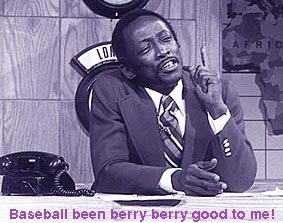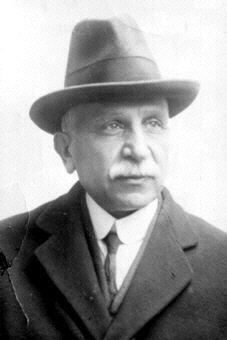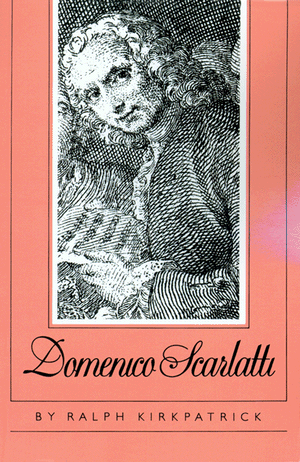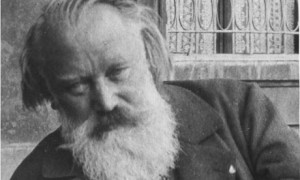
Working out retirement finances when one’s life income has been modest can be challenging. Yesterday over breakfast at the Civic Center (a fund raiser for DeGraaf Nature Center), Eileen and I pored over our records for the month of May and and the first four months of this year.

We have been helped by a phone app which allows me to enter all expenditures and then complies handy statistics and graphs.

Surprisingly, if we tighten our belt a bit, we will have all debt paid off by December (except for some travel expenditures this year which we then can repay with freed up income).

It’s all very grown-up.

The circumstances of my well being have never been a problem for me. Part of this I know is my own privileged circumstances. I am white, male, and brought up in the middle class. But also I have been content with less than what many might feel is necessary in the area of having a place to sleep, eat, read and practice.
The challenge was providing for my kids. That seems to have come off pretty good. I received a great deal of help in this area from the generosity of individuals to the churches which have provided (and are still providing me) a modest livelihood.

The truth is that I have to try to be grown up in my concerns and actions because my impulses are centered more on what I have found meaningful in life: loving family and friends, the arts and creating.

For example yesterday also included several hours practicing and reading. I finished off playing through the ninth volume of Scarlatti’s Essercizi (So called “exercises’ but really two sectioned sonata type pieces).

I purchased the ten volume set from my former teacher, Craig Cramer. I love used music. In this case, Craig (or someone else) made clear extensive and helpful notes in the music.
The drawback to this edition is that is very early. It was done by Longo (whose name also graces the first numbering system of Scarlatti’s 500 or so extant Essercizi).

As was the practice of his time, Longo added many accretions: dynamics, articulations, and even changes of notes. To use his edition with the knowledge of how these pieces were originally notated is to ignore a lot of information in front of you.

Craig has penciled in the Kirkpatrick numbers, the page in the Kenneth Gilbert edition (which is probably the currently definitive one) and cross references to Kirpatrick’s monumental bio of Scarlatti and his works.

Cool beans.

When I finish playing through volume ten my plan at this point is to turn around and play through all the volumes again. The music is wonderful.

After Scarlatti, I pulled out my Brahms and played several pieces. Again wonderful music.
My life is good.

